FAQ's
What is a hydrocolloid dressing?
This wound care product is known for its flexibility and its occlusive design. It repels water and keeps out harmful substances, including bacteria. The bandage offers a moist wound environment to promote healing.
What are hydrocolloid dressings used for?
This dressing treats partial and full thickness wounds. It is a very flexible dressing that contours to the body, making it a good choice for awkward areas such as elbows and heels.
- autolytic debridement
- light to moderate exudate
- maintains a moist wound environment
- thermal insulation
- impermeable to water
- bacteria barrier
- reduces infection rates
- conforming bandage
Types of wounds served.
- Burns
- Pressure Ulcers
- Blisters
- Boils
- Sutures
- Abrasions
When should hydrocolloid dressings be used?
This wound treatment protects grandular and necrotic wounds. It should not be used on infected wounds unless it has an added antimicrobial agent such as silver.
Types of Hydrocolloid Dressings
- Gelatin
- Pectin
- Film Backing
- Foam Backing
- Transparent
- With or Without Border
Ranking the Best Hydrocolloid Dressings (by sales)
- 3M Tegaderm
- ConvaTec DuoDERM
- 3M Nexcare
- Coloplast Comfeel
- Medline Exuderm
- Coloplast Contreet
- Hollister Restore
- Smith & Nephew RepliCare
- Systagenix Nu-Derm
- DermaSciences Medihoney
- DermaRite DermaFilm
- Hartmann USA Flexicol


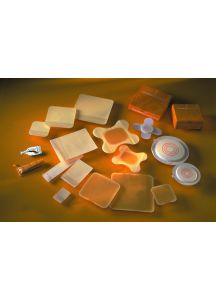
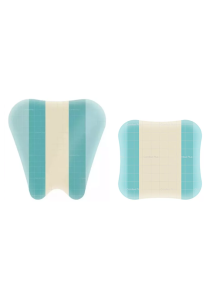
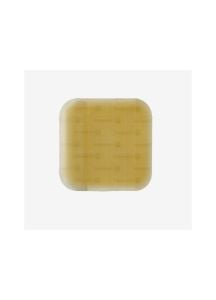
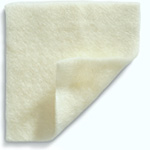
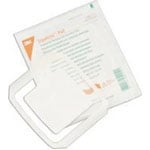
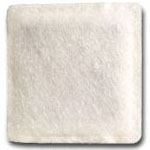
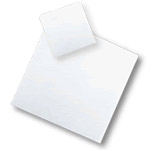
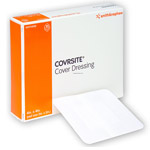
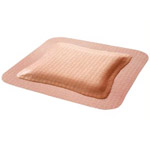
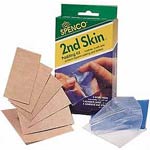
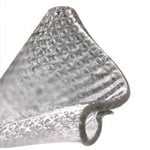
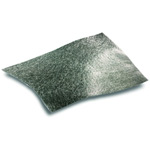
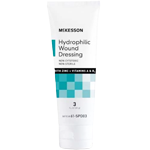
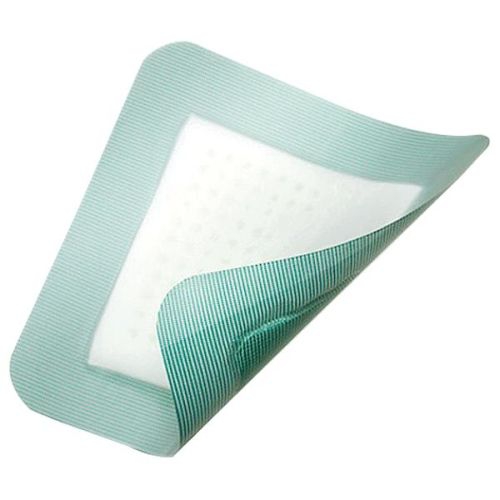
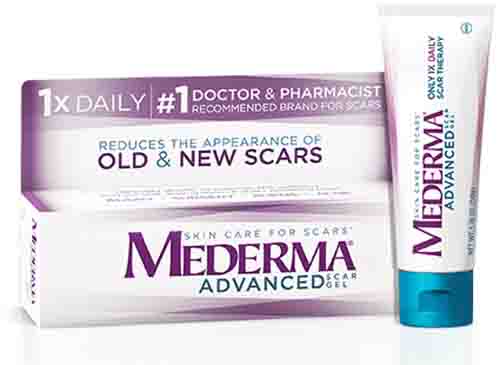
Login and Registration Form